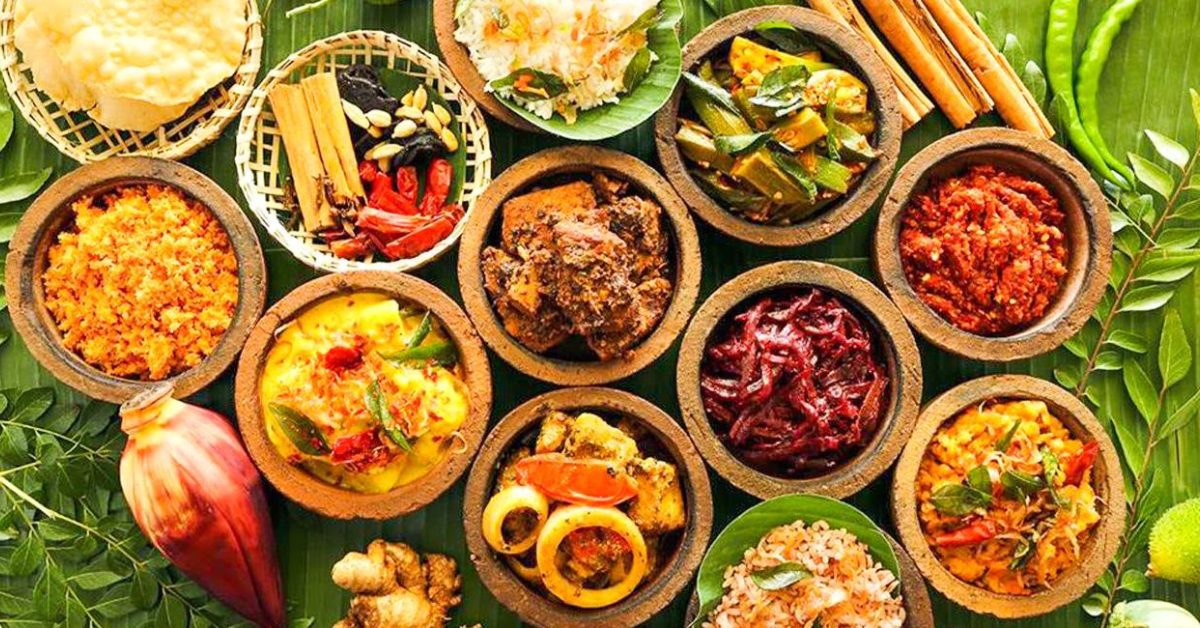
What Can a Lactose-Intolerant Person Eat? | A Complete Guide to Delicious and Safe Choices | For many people, a glass of milk or a creamy dessert is a daily comfort. But for someone with lactose intolerance, these foods can bring discomfort, bloating, or even pain. Lactose intolerance is a common digestive condition where the body struggles to digest lactose — the natural sugar found in milk and dairy products. Yet, being lactose intolerant doesn’t mean giving up your favourite foods. With the right choices, you can enjoy a balanced, tasty, and nourishing diet without feeling restricted.
Lactose intolerance occurs when the small intestine doesn’t produce enough of the enzyme lactase, which breaks down lactose into simpler sugars (glucose and galactose). Without sufficient lactase, undigested lactose moves to the colon, where it ferments and causes symptoms like:
While lactose intolerance is not dangerous, it can affect your quality of life if unmanaged. It’s also quite common in South Asia — including Sri Lanka — where many adults naturally produce less lactase after childhood.
Lactose intolerance doesn’t always mean a total ban on dairy. The severity of symptoms varies. Some people can tolerate small amounts of milk, while others might only react to certain types of dairy. The key is knowing what you can handle and choosing wisely.
Here are dairy products that are usually easier to digest:
Click on here “8 Nourishing Meal Prep Hacks for Busy Women to Supercharge Your Routine”
Modern food innovation has created many non-dairy alternatives that mimic the taste and texture of traditional dairy products. These are widely available in supermarkets and cafés.
1. Plant-Based Milks:
2. Dairy-Free Yogurts:
3. Vegan Cheese and Butter:
4. Lactose-Free Ice Cream:
Here’s a sample day plan filled with balanced, dairy-free options:
Breakfast:
Oatmeal cooked with almond milk, topped with banana slices, chia seeds, and a drizzle of honey.
Mid-Morning Snack:
A handful of nuts or a smoothie made with soy milk, spinach, and mango.
Lunch:
Grilled chicken or tofu with rice, sautéed vegetables, and a side of coconut milk curry.
Evening Snack:
Whole grain toast with peanut butter or a small bowl of lactose-free yogurt.
Dinner:
Brown rice with lentil curry, roasted pumpkin, and a salad with olive oil dressing.
Dessert:
A dairy-free ice cream or fruit salad with a spoon of coconut cream.
This type of diet ensures you’re getting calcium, protein, and vitamins from a variety of sources.
Click on here “Forgotten Flavors: Sri Lanka’s Wild Edibles Making a Comeback”
One major concern for lactose-intolerant people is calcium deficiency, as milk and cheese are typical calcium sources. But you can easily replace them with:
Also, exposure to sunlight helps the body produce Vitamin D, which is essential for calcium absorption.
Lactose can appear in foods where you least expect it — not just in milk or yogurt. Always check labels for words like milk solids, whey, or milk powder. Common culprits include:
If eating out, don’t hesitate to ask whether dishes contain milk or butter. Many cafés and restaurants today offer dairy-free options.
Sri Lankan cuisine is naturally friendly for lactose-intolerant individuals. Coconut milk replaces dairy in most curries and desserts. You can enjoy:
Be cautious with Western-style desserts, milk teas, and coffee drinks that may contain condensed milk.
Lactose intolerance doesn’t mean food deprivation — it’s about adapting. With a little planning, you can still enjoy creamy flavours, rich desserts, and balanced meals. Choosing whole foods, reading labels carefully, and trying new plant-based alternatives open up a world of flavour and health.
In the long run, most people with lactose intolerance find that this lifestyle not only improves digestion but also encourages healthier, more mindful eating habits.
Click on here “Protein for Energy: Sri Lanka’s Best Guide to High-Protein Eating in 2025”

SatynMag empowers women with inspiring stories, expert advice, and uplifting content to fuel their strength and dreams
Welcome to Satynmag S Suite, online knowledge platform for career and personal growth. This is where you can empower yourself with cutting edge knowledge, latest know-how and grow.


